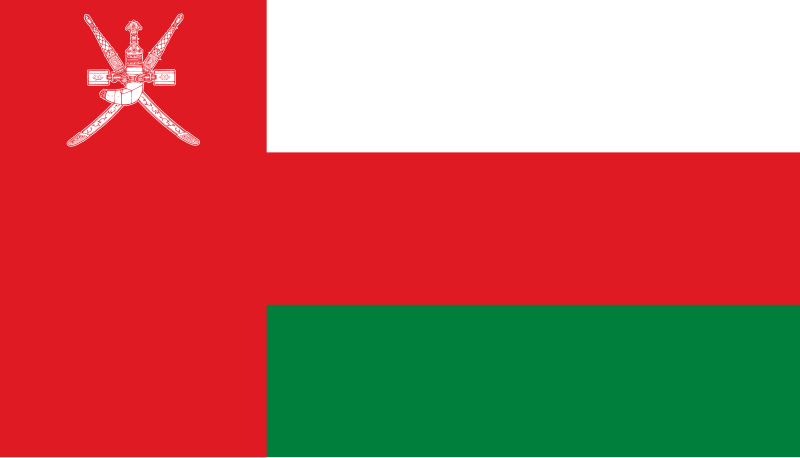 Oman (pronounced /oʊˈmɑːn/ oh-MAHN; Arabic: عمان ʻUmān), officially the Sultanate of Oman (Arabic: سلطنة عمان Salṭanat ʻUmān), is an Arab country in southwest Asia on the southeast coast of the Arabian Peninsula. It borders the United Arab Emirates on the northwest, Saudi Arabia on the west and Yemen on the southwest.
Oman (pronounced /oʊˈmɑːn/ oh-MAHN; Arabic: عمان ʻUmān), officially the Sultanate of Oman (Arabic: سلطنة عمان Salṭanat ʻUmān), is an Arab country in southwest Asia on the southeast coast of the Arabian Peninsula. It borders the United Arab Emirates on the northwest, Saudi Arabia on the west and Yemen on the southwest.
The coast is formed by the Arabian Sea on the south and east and the Gulf of Oman on the northeast. The country also contains Madha, an exclave enclosed by the United Arab Emirates, and Musandam, an exclave also separated by Emirati territory.
Omani citizens enjoy good living standards, but the future is uncertain with Oman’s limited oil reserves. Other sources of income include, agriculture. Local industries are small in comparison and count for less than 1% of the country’s exports.
The sales of imported products in markets provides income for people in Oman. Agriculture, often subsistence in its character, produces Dates, Limes, Grains and vegetables. Less than 1% of the country is under cultivation but, in general, food has to be imported. Industries contribute only with 4%, but there are governmental plans to increase this.
Oil production is extracted and processed by Petroleum Development Oman. In recent years, proven oil reserves have been holding approximately steady, although oil production has been decreasing. Oman has other mineral resources including Copper, Asbestos and Marble, but this is little exploited.
Oman is famous for its khanjar knives, which are curved daggers worn during holidays as part of ceremonial dress, during the Medieval Era the Khanjar became highly popular it symbolized Muslim Sailors, later various types of Khanjar’s were made representing various sailing nations in the Muslim World.
Today traditional clothing is worn by most Omani men. They wear an ankle-length, collarless robe called a dishdasha that buttons at the neck with a tassel hanging down. Traditionally this tassel would be dipped in perfume. Today the tassel is merely a traditional part of the dishdasha.
Women wear hijabs and abayas. Some women cover their faces and hands, but most do not. The abaya is a traditional dress and currently comes in different styles. The Sultan has forbidden the covering of faces in public office. On holidays, such as Eid, the women wear traditional dress, which is often very brightly colored and consists of a mid-calf length tunic over pants.

Notes from Wikipedia








